Last Updated on November 10, 2025 by Emma Fajcz | Published: April 6, 2021
Toledo is a journey back in time and a feast for all five senses—both at the same time. Centuries-old buildings line streets that the ancient Romans once walked. The story of Muslims, Christians, and Jews lives on around every corner. Rustic family-run taverns cook the hearty regional recipes that have sustained locals for generations.
It doesn’t matter whether you’re a foodie, a history buff, or simply eager to see another side of Spain. A Toledo day trip is a must on anyone’s itinerary.
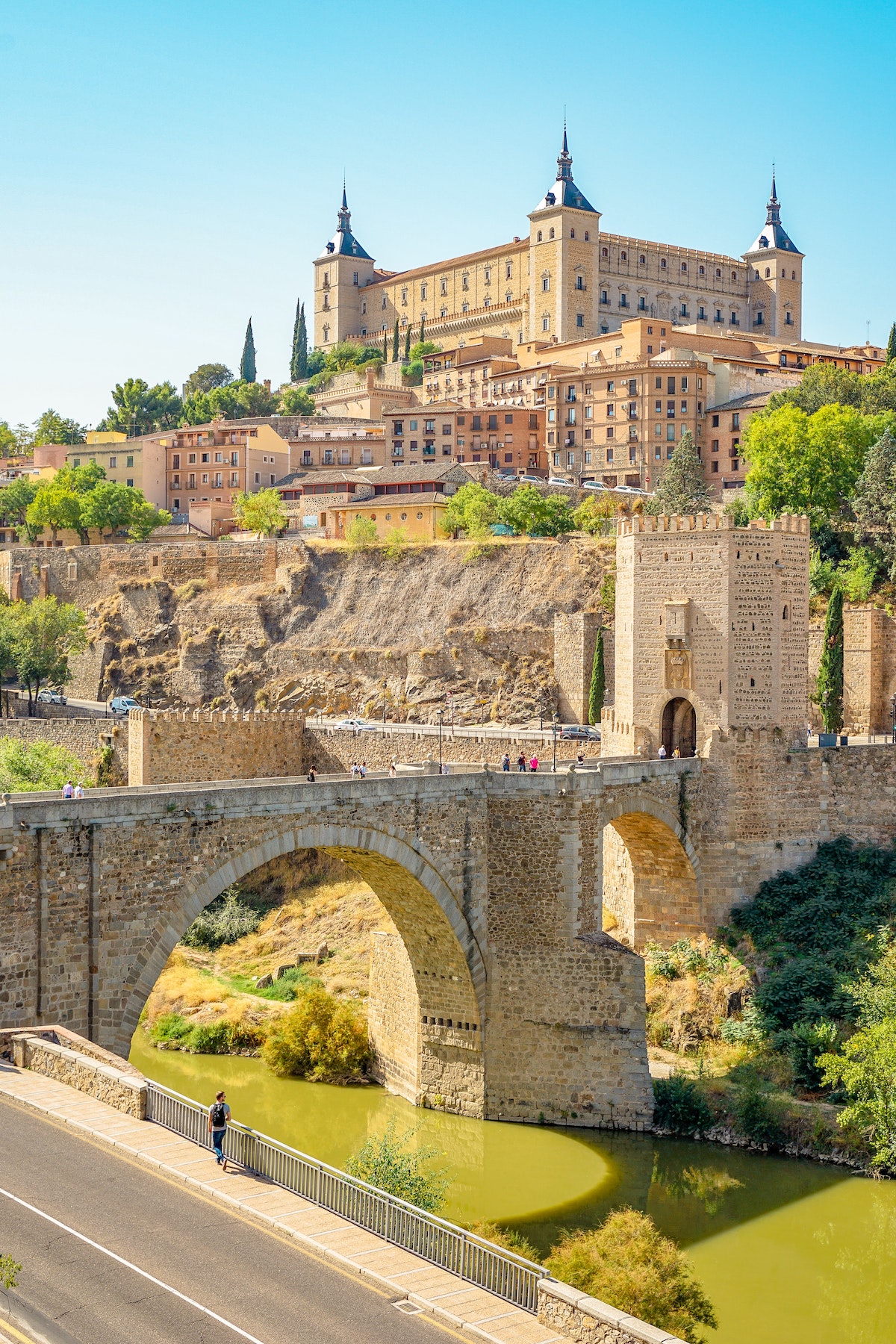
All things considered, tourists and locals love to escape busy Madrid for day trips to nearby towns. But what is it about Toledo that draws millions of curious visitors every year?
For starters, UNESCO declared Toledo a World Heritage Site in 1986 for its extensive monumental and cultural heritage. It boasts 2,000 years of history, and is filled with small hidden squares, winding side streets and historic buildings and monuments at every turn.
While plenty of places in Spain have a fascinating past, Toledo’s unique confluence of cultures sets it apart. Christians, Muslims and Jews lived there together for many years, earning this town the nickname of the “city of the three cultures.”
And if you’re anything like us, the food especially is of the utmost importance. Luckily, Toledo boasts some of the best rustic cooking in Spain. Delicious stews and local meats are available on restaurant menus all around the old town.
Where Is Toledo, Spain?
Toledo lies among the rolling hills of northern Castilla-La Mancha, the autonomous region that borders Madrid to the south as well as the east. The distance from Madrid to Toledo is about 72 kilometers (45 miles), making it easy to reach from the Spanish capital in under an hour.
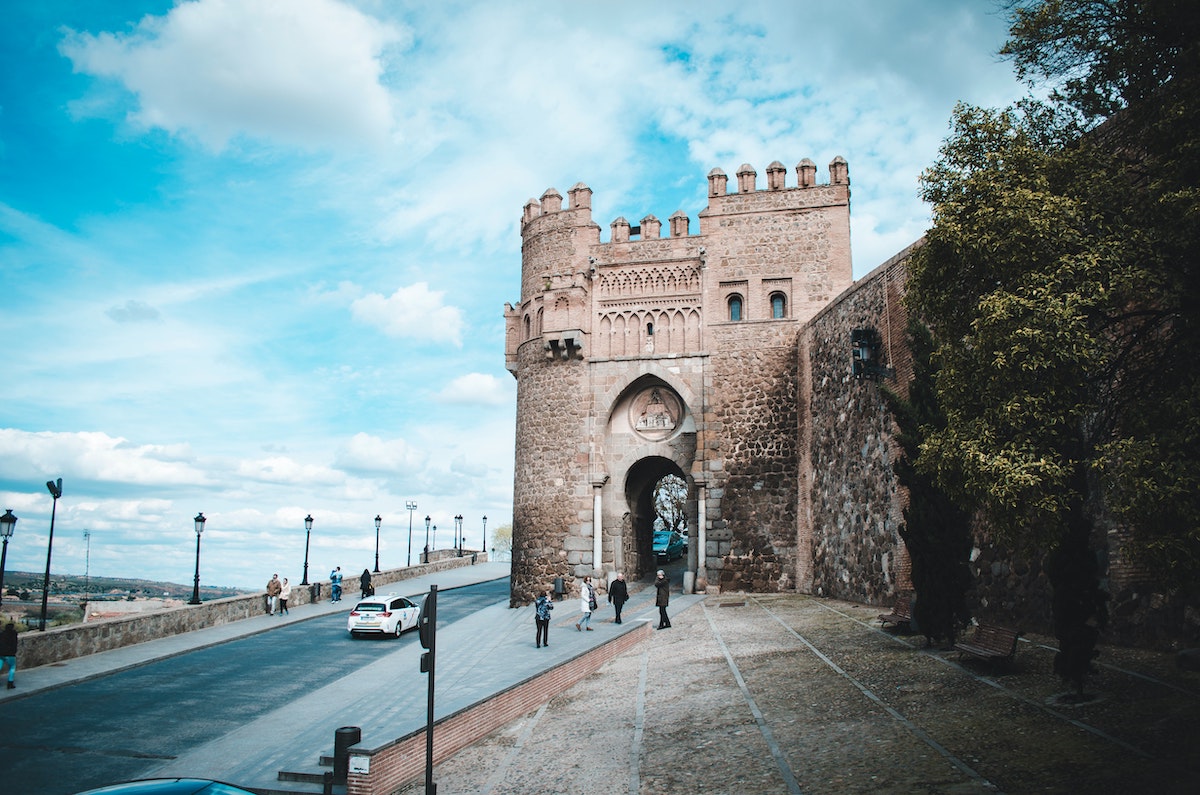
Toledo history
Toledo was founded by the Carpetani, an ancient pre-Roman tribe with Celtic roots. Upon their arrival, the Romans strengthened the settlement—which they called Toletum in Latin—into a small but powerful city. After a few centuries of Visigothic rule, it later fell into Moorish hands in 712.
And this is where things get interesting. In addition to a strong Muslim culture, the Mozarab community of Arabic-speaking Christians also flourished during this time. King Alfonso VI took Toledo back during the Christian reconquest of the Iberian Peninsula in 1085, after which the city became the capital of Spain until 1560.
Throughout all these centuries, a prominent Jewish community was thriving in Toledo as well. In its heyday in the late 14th century, Toledo was home to ten synagogues, two of which survive in remarkable condition today.
This fascinating confluence of Christianity, Judaism, and Islam has earned Toledo the nickname “The City of Three Cultures.” Cultural and architectural remnants of all three are still prominent in the city today.
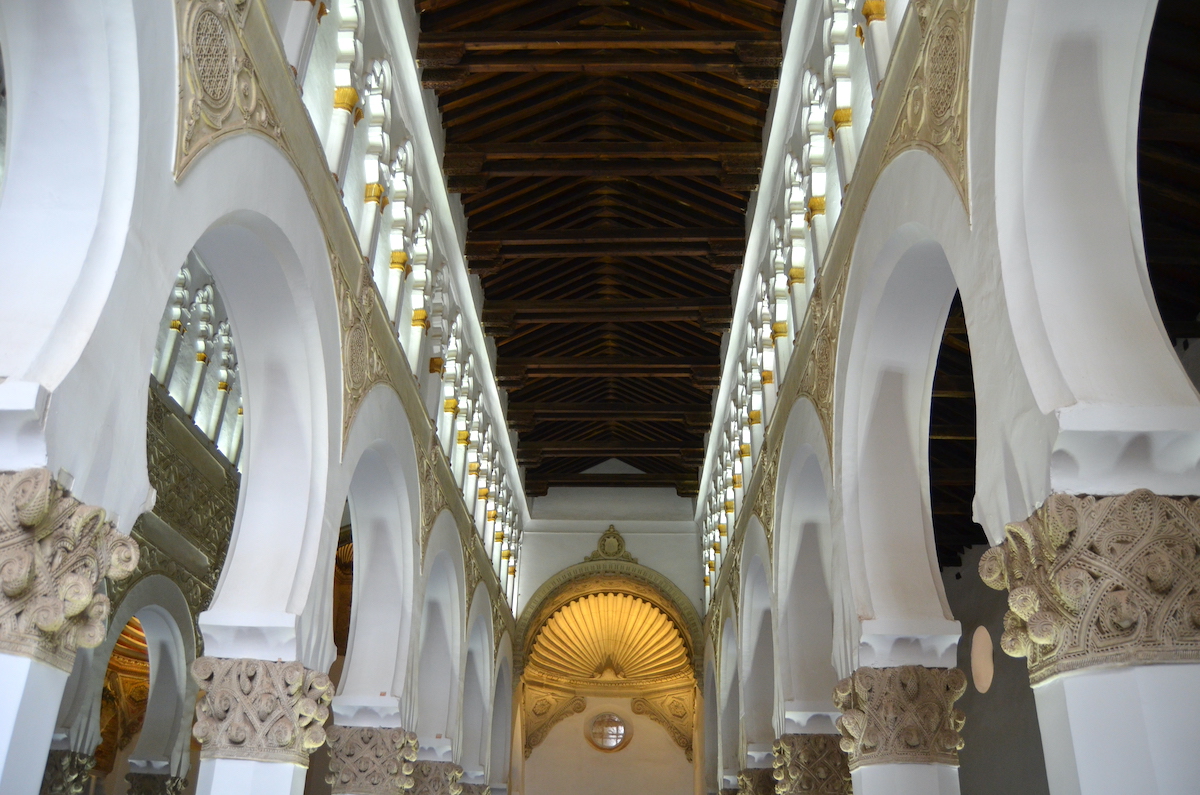
How to get to Toledo from Madrid
There are a few different options for transportation from Madrid for a Toledo day trip, all of which are quick, easy and affordable.
Getting to Toledo by train
The high speed train from Madrid to Toledo departs from Atocha station. Trains run multiple times per day and get you from Madrid to Toledo in half an hour. Expect to pay a little over €20 for a round-trip ticket.
Getting to Toledo by bus
Buses from Madrid to Toledo depart the Spanish capital from the Plaza Elíptica station. The bus takes about an hour (though it can take longer if there are more stops along the route) and runs frequently throughout the day. A round-trip ticket will set you back about €10.
Getting to Toledo by car
Driving from Madrid to Toledo will take between 50 minutes and an hour, depending on traffic. The drive is a pretty straight shot down the A-42 highway heading south from Madrid. If you plan on taking a taxi rather than driving yourself, expect to pay between €80–100.
Organized tours
There are also dozens of organized tour groups offering Toledo day trips from Madrid. These can be a good option for some, but keep in mind that they follow set itineraries rather than giving you the chance to explore the city on your own. With this freedom and the ease of traveling between the two cities by bus or train, planning your own trip is much more ideal!
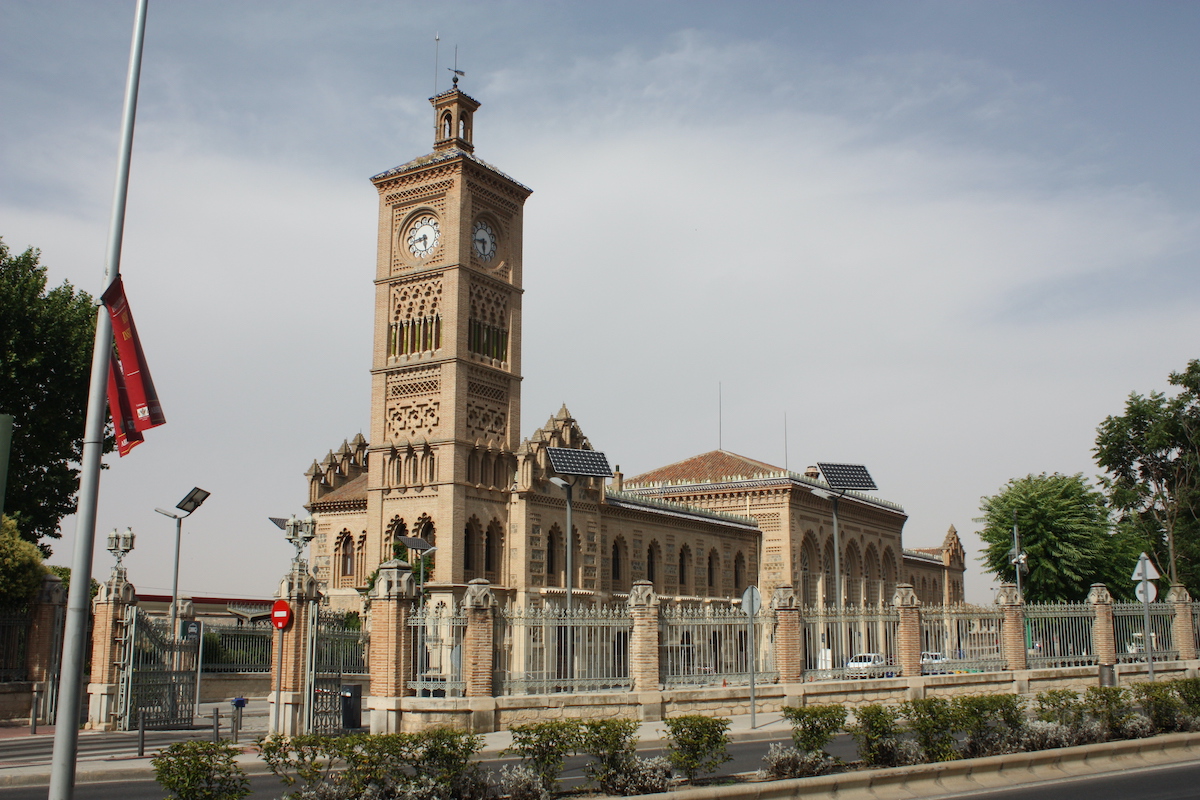
Toledo day trip ttinerary
Toledo packs thousands of years of culture and history into its compact space. While the city is small, we definitely recommend dedicating a full day (or even overnight) to Toledo alone—rather than trying to combine it with Segovia or any other popular getaway destination near Madrid.
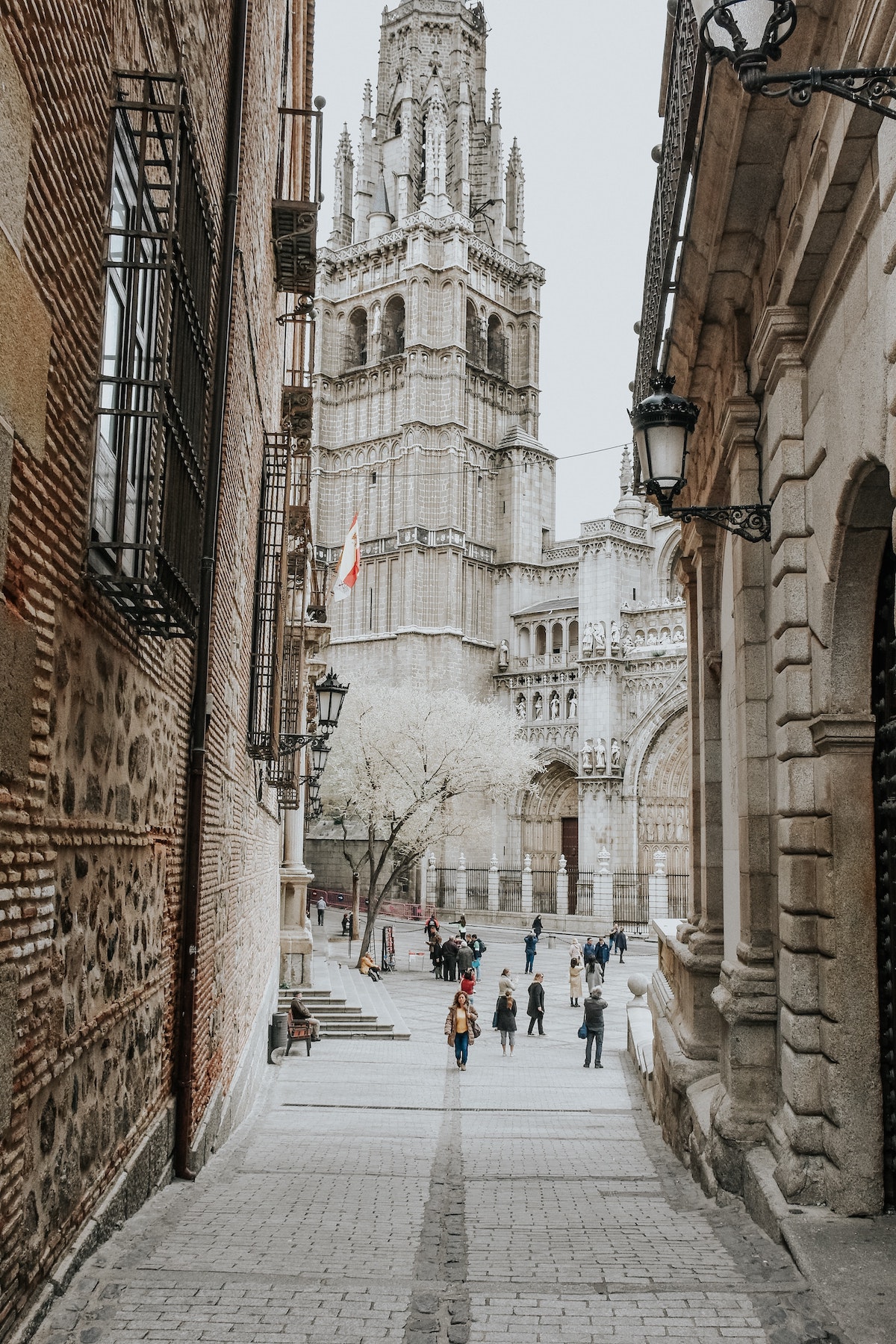
Start your explorations in the center near the cathedral and work your way outwards from there. Explore the old town to the east, loop around to the Jewish Quarter, and head across the river for a stroll to take in a stunning sunset from the famous Mirador del Valle. Check out our full suggested route for the sights and monuments listed below to get you started, and feel free to add on or skip places as you see fit!
Top things to see in Toledo
Here are just a few of the most important sights to check out in Toledo. If you don’t have time to see them all in one day, consider spending the night!
- Toledo Cathedral (Catedral Primada Santa María)
- Alcázar
- Plaza de Zocodover
- Mezquita del Cristo de la Luz
- Puerta de Bisagra
- El Greco Museum
- El Tránsito Synagogue & Museum
- Synagogue of Santa María la Blanca
- Monasterio de San Juan de los Reyes
- Mirador del Valle

Top things to do in Toledo
Toledo Cathedral
The colossal Catedral Primada Santa María is filled with relics, artifacts, and beautiful murals, and is one of the foremost examples of the Gothic style in Spain. The site was originally a Visigothic church and later a mosque, and the modern structure still contains many Mudéjar influences.
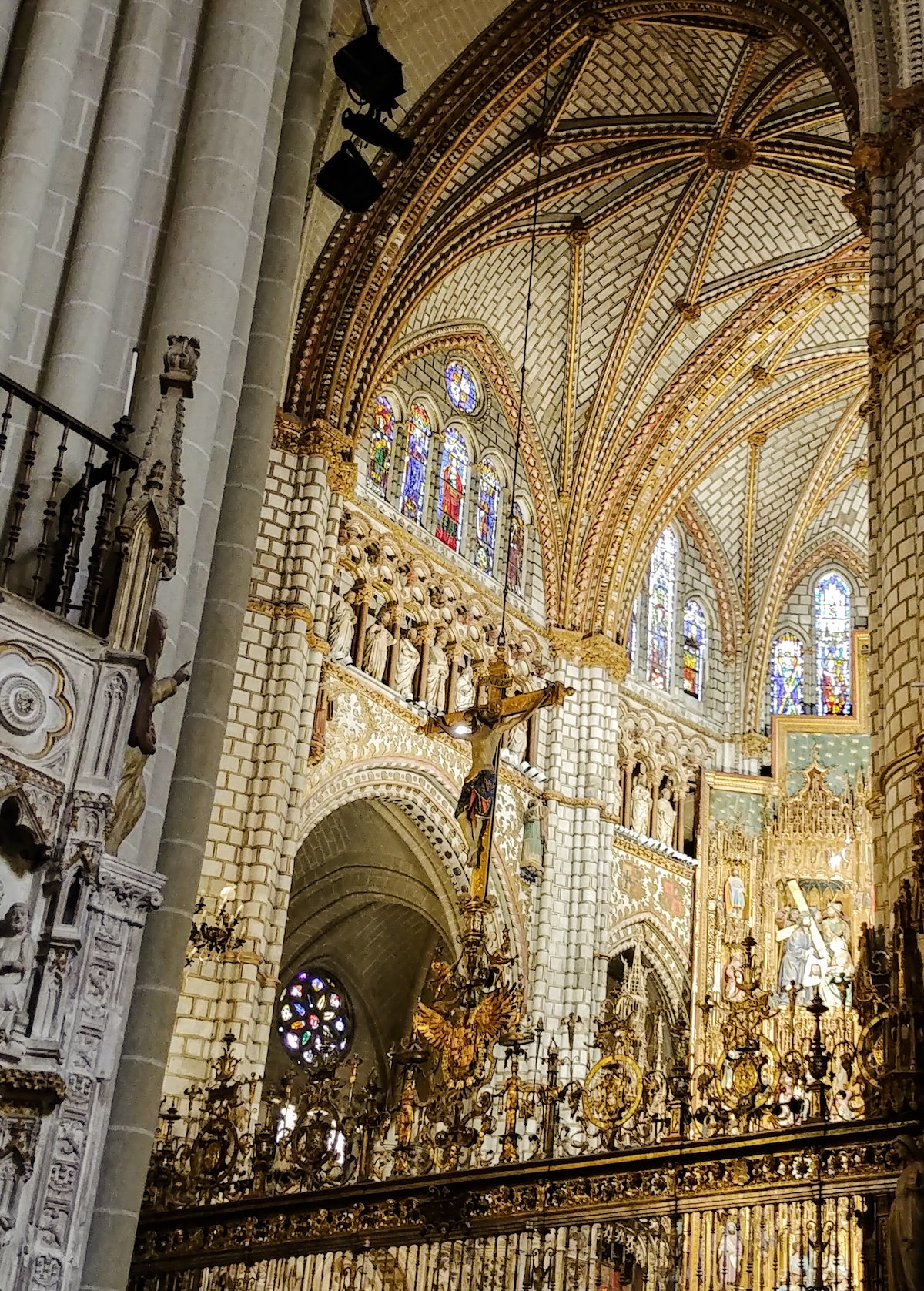
Alcázar
This imposing 16th-century palace and fortress was the site of an important standoff during the Spanish Civil War, and today houses a military museum. It’s also the highest point in the city, with unbeatable views of the old town.
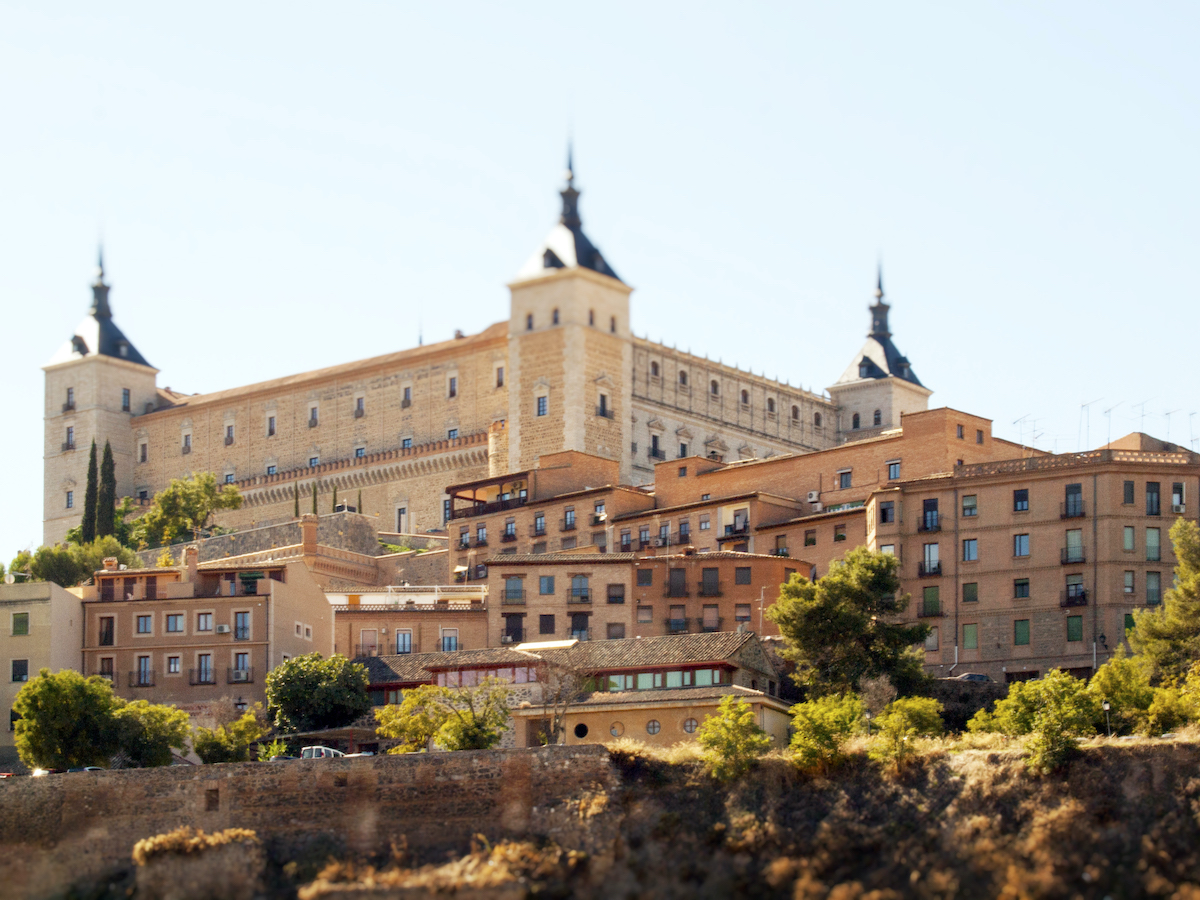
Plaza de Zocodover
This colorful town square has been Toledo’s main hub for centuries. It hosted a regular livestock market in the Moorish days—and later, after the Reconquest, bullfights and public executions. Thankfully, its ambiance today is much more positive and upbeat as locals gather here to meet friends and enjoy fun events.
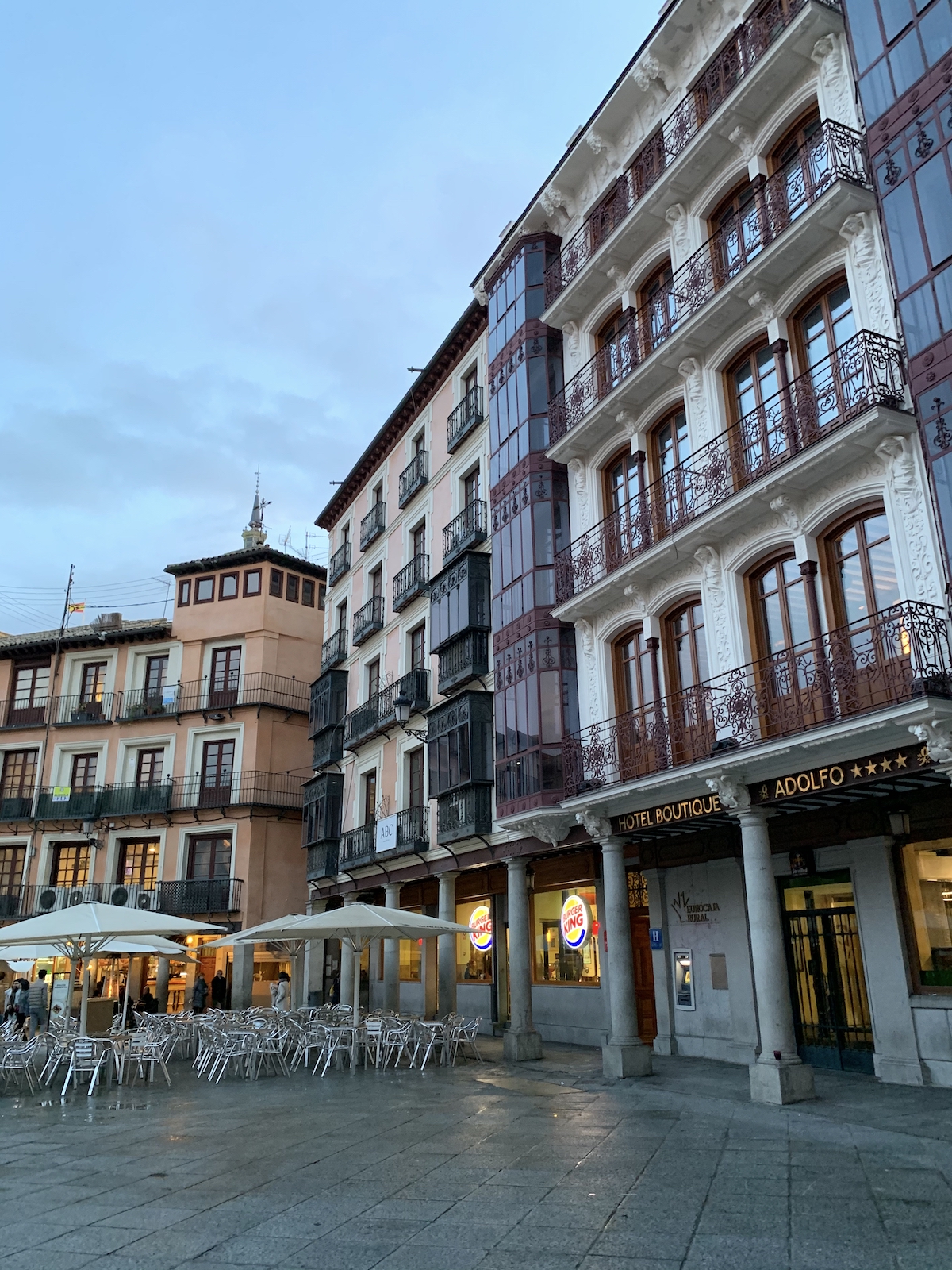
Mezquita del Cristo de la Luz
Explore Toledo’s Muslim heritage at this impressive former mosque, which was one of ten of its kind in the city during the Moorish period. With more than 1,000 years of history under its belt, it’s one of Toledo’s oldest surviving monuments and a fantastic example of Islamic architecture.
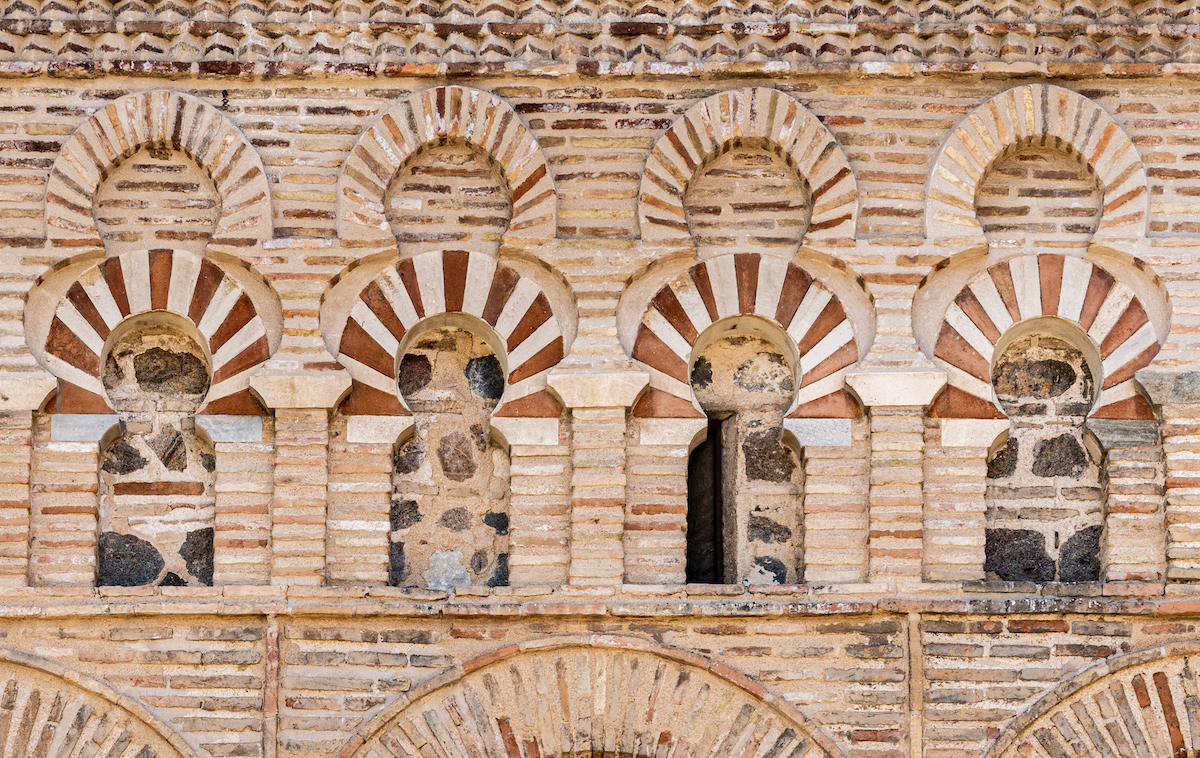
Puerta de Bisagra
To appreciate the ancient walls of the old city, visit the historic Puerta de Bisagra—the historic stone gate at the city entrance. Dating back to the 10th century during Moorish rule, it is the only remaining part of the original Moorish city walls.
El Greco Museum
Head down into the old Jewish Quarter to visit the El Greco Museum—a great way to get to know one of Spain’s artistic greats on a Toledo day trip. Housed in a beautiful old home, the museum displays an amazing collection of paintings by the famous Greek-born Renaissance painter El Greco, who spent most of his adult life in Toledo.
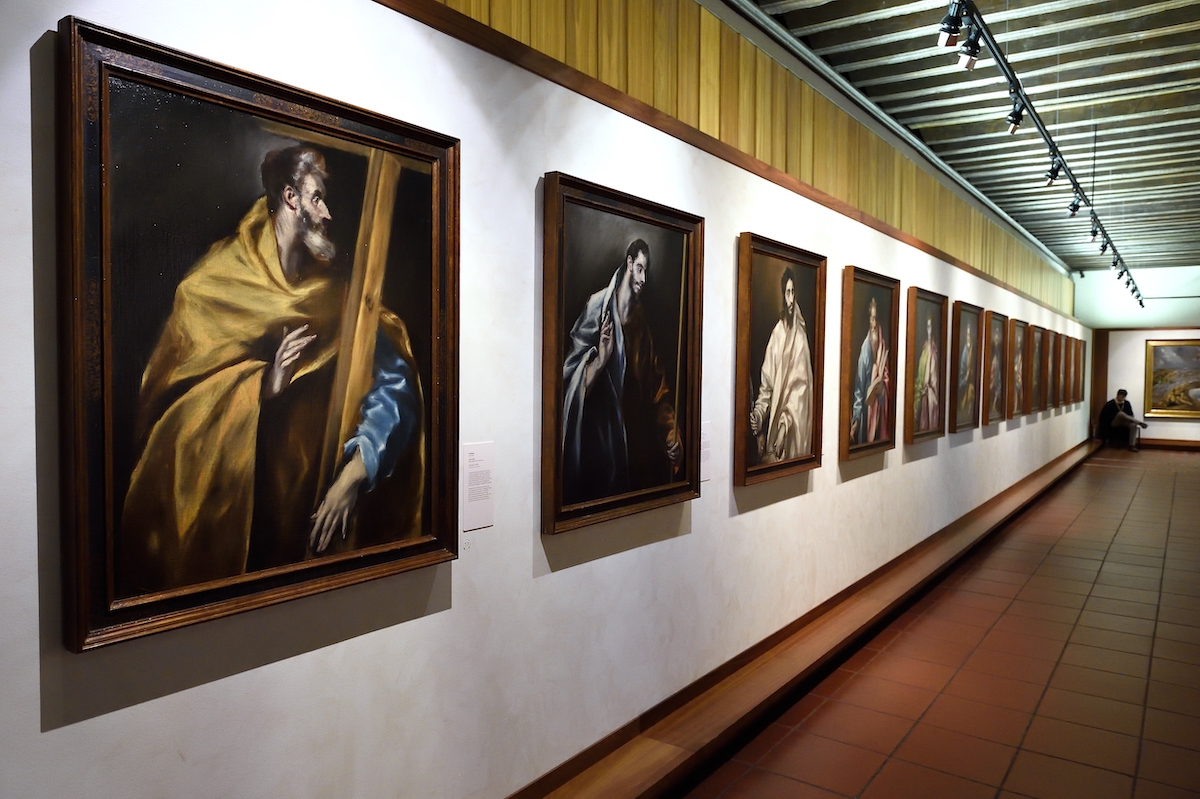
El Tránsito Synagogue & Museum
Just across the street from the El Greco Museum, the El Transito Synagogue is one of the oldest and best preserved sites of its kind. Founded in the 14th century, the synagogue has beautiful plasterwork details that provide a glimpse at its Mudéjar architectural roots. It’s now a museum which houses a collection of Jewish artifacts from Spain and other countries around the world.
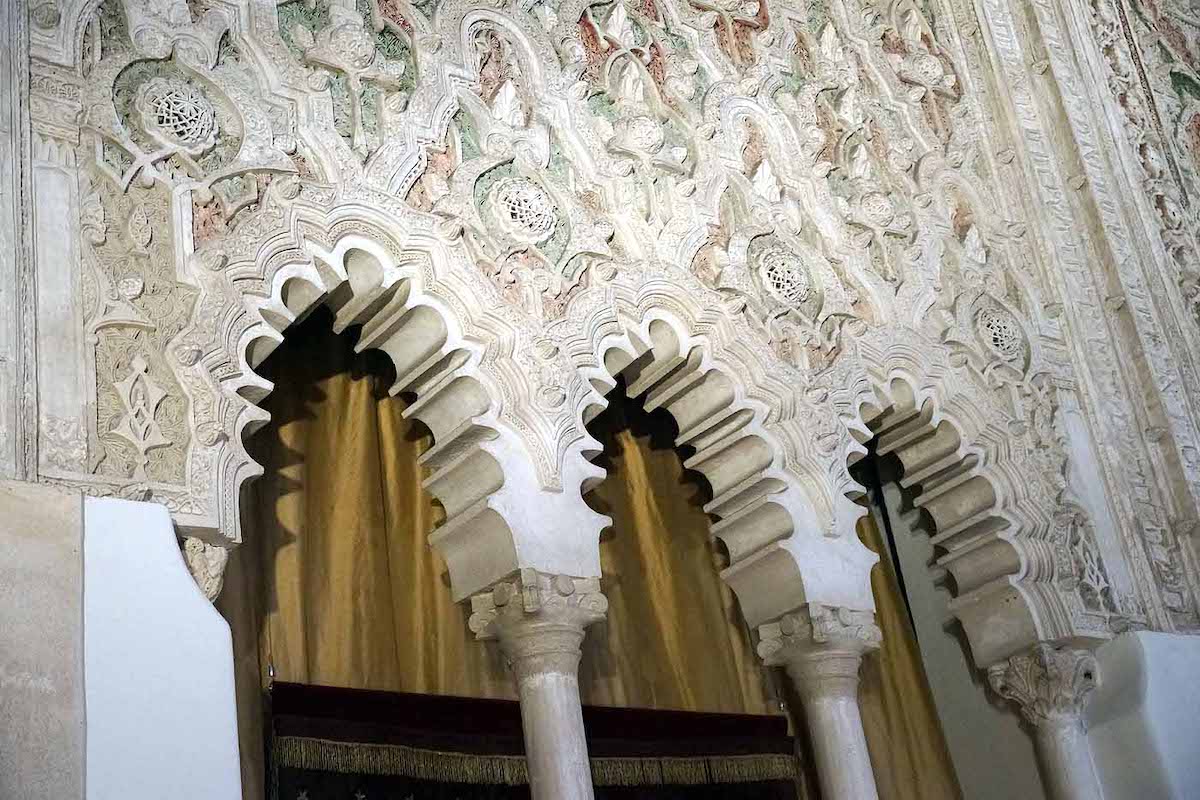
Synagogue of Santa María la Blanca
Another testament to Toledo’s rich Jewish heritage is the Santa María La Blanca synagogue, where all three religious cultures converge. The synagogue was constructed with many Moorish architectural features, the most prominent being the rows upon rows of horseshoe arches. It later became a Christian church after the Reconquest, but today is not a functioning house of worship—simply a fascinating place to experience Toledo’s rich cultural heritage all under one roof.
Monasterio de San Juan de los Reyes
This stunning monastery is one of the most prominent lasting legacies of the Catholic Monarchs, Ferdinand and Isabella, who commissioned it in the late 15th century. It’s been one of Toledo’s most impressive churches ever since, and a must-visit on your Toledo day trip.
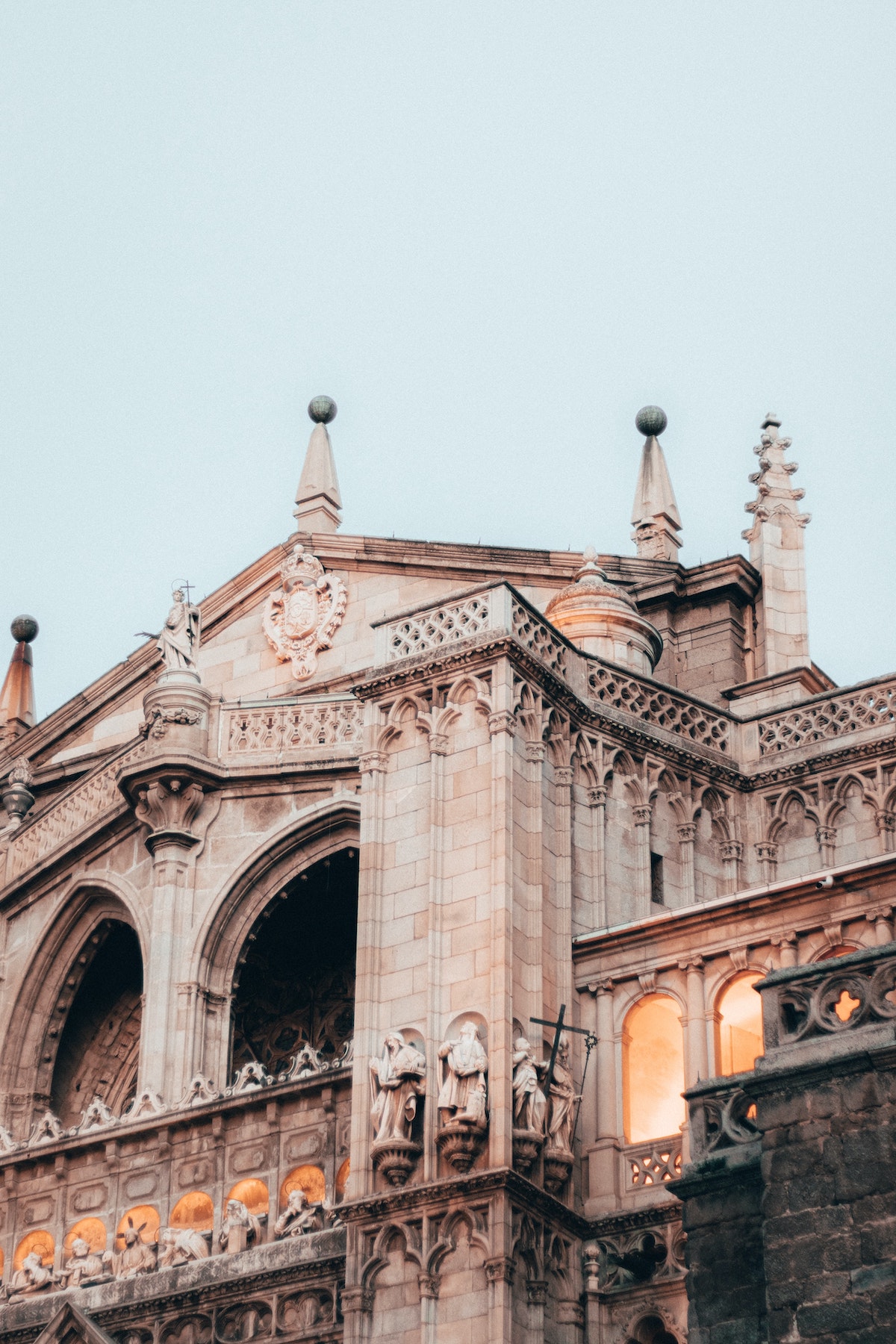
Mirador del Valle
If you have time, a leisurely walk along the southern bank of the river towards Mirador del Valle is a beautiful way to end your Toledo day trip (or your first day in Toledo). The sweeping panoramic views of the city at sunset will leave you speechless and provide a fantastic photo op!
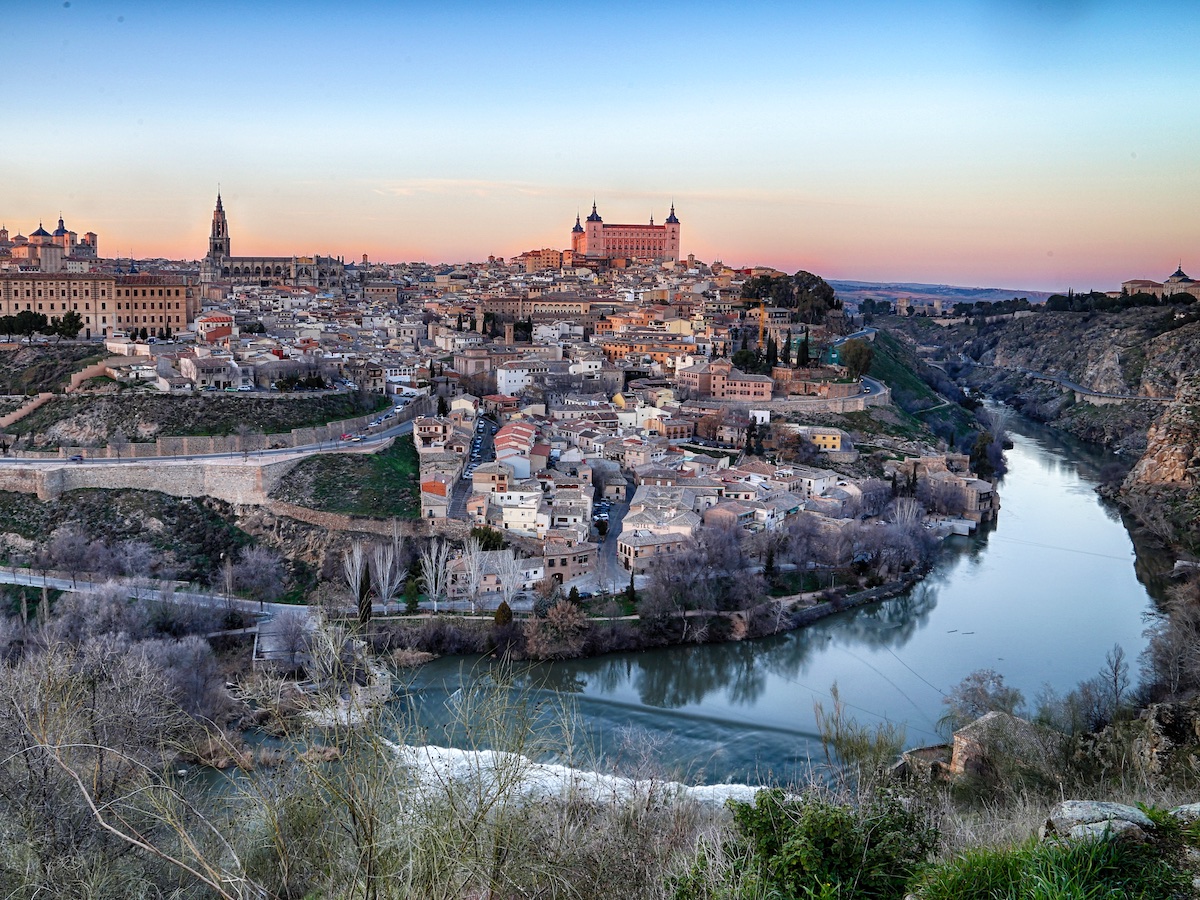
Insider’s Tip: If you don’t want to walk out to the viewpoint but still want to check it out, you can also take a taxi or a city bus.
What to eat in Toledo
Toledo is the capital of Castilla-La Mancha, where hearty, home-cooked dishes reign supreme. Here are a few of our favorite typical bites to keep an eye out for.
- Marzipan: While typically considered a Christmastime sweet in the rest of the world, Toledo’s marzipan obsession runs deep. This typical local product is available all year round at bakeries.
- Manchego cheese: One of Spain’s best-known gastronomic products abroad hails from Castilla-La Mancha! You can’t go wrong with a tapa of salty cured Manchego with a glass of red wine.
- Venison stew (ciervo en salsa or venado en salsa): Game meats are often found on restaurant menus and in home kitchens alike here in Toledo. This warming stew consists of tender venison simmered slowly in a flavorsome wine and herb sauce.
- Pisto manchego: Castillian cuisine is famously heavy on the meat and potatoes, but pisto is a nice exception. This vegetarian dish (easily adaptable for vegans by omitting the fried egg that traditionally tops it) is simply fresh vegetables cooked low and slow to meld all of their beautiful flavors together.
- Carcamusas: You can’t get more toledano than this pork-and-pea stew, which is typically served in a small clay dish (cazuela) for extra authenticity.
- Garlic soup (sopa de ajo): The name says it all! This soup of garlic, bread, and egg is one of the most emblematic foods of central Spain.
- Partridge stew (perdiz estofada): Also sometimes called perdices a la toledana in a nod to its local roots, this simple poultry stew with white wine and vegetables is perfect at a long, leisurely Spanish lunch.
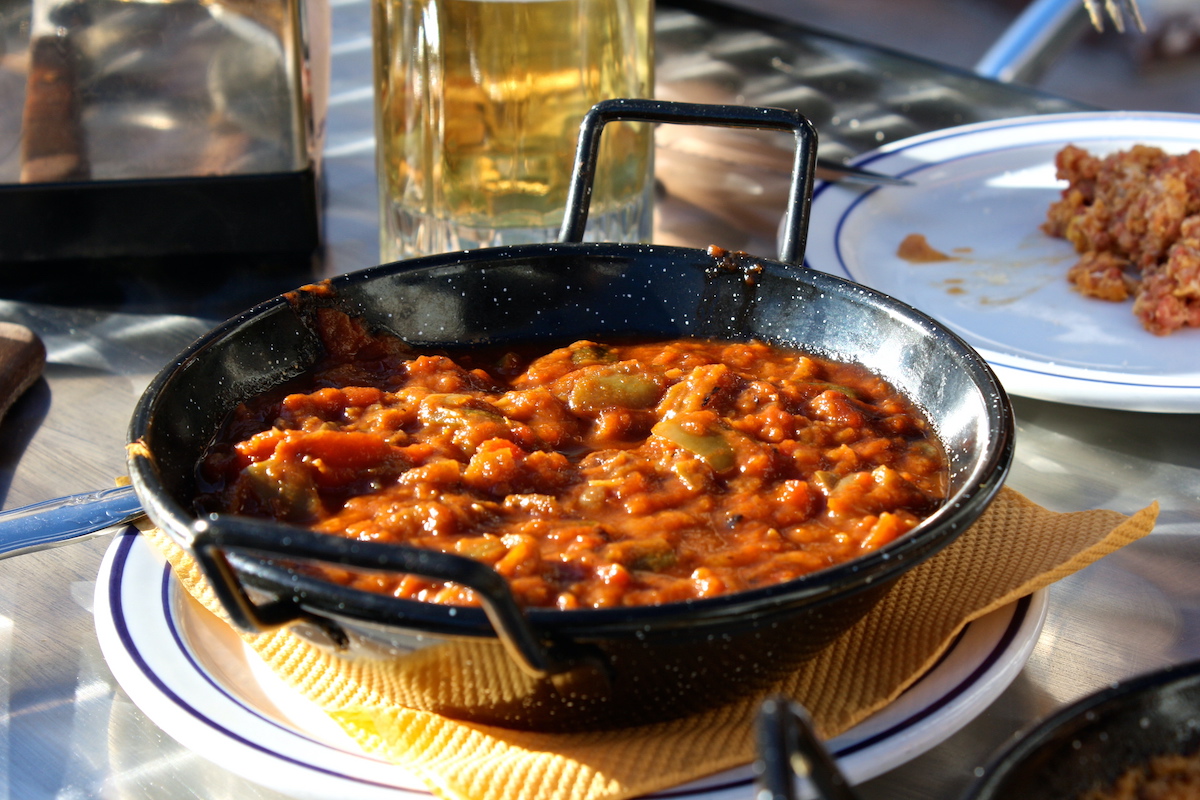
Toledo, Spain souvenirs
Rather than the same interchangeable keychain or fridge magnets you can find anywhere, pick up an authentic memento from your Toledo day trip! Here are some prized local items to keep an eye out for.
- Swords: Toledo has a long steelmaking tradition, and has long been known for its artisanal swords. While authentic, hand-forged swords are getting harder to come by these days, a handful of local artisans still proudly make the best swords in Toledo.
- Damascene jewelry: This unique style of jewelry making consists of oxidized steel inlaid with gold or silver. It most likely arrived in Toledo during the Moorish period, and is today one of the most emblematic local art forms.
- Marzipan: For the foodie in your life (even if that’s yourself), you can’t go wrong with one of Toledo’s famous marzipan treats. The local marzipan game is strong, with bakers and pastry chefs shaping the almond-based sweet into all kinds of intricate shapes and figures.

Toledo Travel FAQs
Toledo is one of the most popular day trips from Madrid. It is easily connected to the Spanish capital by public transport, and is a fascinating yet small city that’s easy to explore in one day.
Absolutely! Toledo provides a classic Castillian experience against a rich historic backdrop. It’s known as the “City of Three Cultures” due to its confluence of Christian, Jewish, and Muslim elements.
Toledo is 72 kilometers (45 miles) southwest of Madrid. It can be reached in 30 minutes by train and 50 minutes by car.
You can’t go wrong with either city—it just depends what you’re looking for! Toledo is a bit closer to Madrid and offers a fascinating blend of Christian, Jewish, and Muslim influences in its culture, history, and architecture. Segovia, while a bit further out, is still easily reachable from Madrid and is famous for its towering Ancient Roman aqueduct and breathtaking fairy tale castle.
Toledo’s compact size makes it easy to see most of the main sights in one day. If you’d like a little more time, it also makes for a great weekend break.
Toledo’s most distinguishing characteristic is its unique tri-cultural heritage—thriving communities from each of the three major world religions lived side-by-side here for centuries.
Explore International Cuisine Like a Local
Join one of our top-rated food tours that are offered in many cities throughout the world! With the help of our expert local guides, you’ll get to see, hear, and taste your way through these cities and learn about their fascinating histories and cultures.
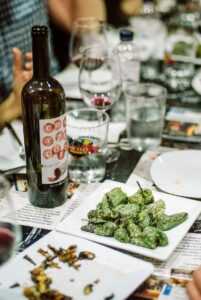
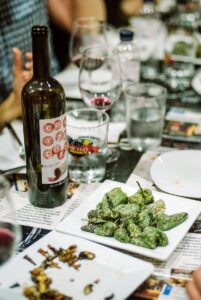







The trip looks great but I will already be in Toledo can we go on the tour from Toledo and not Madrid?
Hi Christine & Roger! We actually don’t offer any day trips to Toledo at the moment—maybe some day! The above are our suggestions for the perfect self-guided day of fun in Toledo. Enjoy!!
IT’s lovely and informative. May i know is it easier to walk around? I saw may photos/ Youtube, it seems like the road path is narrow, what if we get a taxi or hire a driver guide, is it more feasible? Someone in our group will have injured in his leg, not sure is it suitable to walk ? We are going to Madrid around 17 until 20 NOV, thinking to spend a day trip around toledo. Thank you, Lily
Thank you for the excellent information. Do you have any suggestions about how I might be able to tour a cheese cave in the Toledo area?
Not sure Michelle! One of our colleagues has visited a cheese cave in Asturias though, let us know if you make up there!
Are there entrance fees for the Cathedral, Synagogue, or the El Greco museum?
There are indeed! Currently it’s €12.50 for the cathedral and €3 each for the synagogue & for the El Greco museum (both of which are free Saturdays after 2 pm and on Sundays).